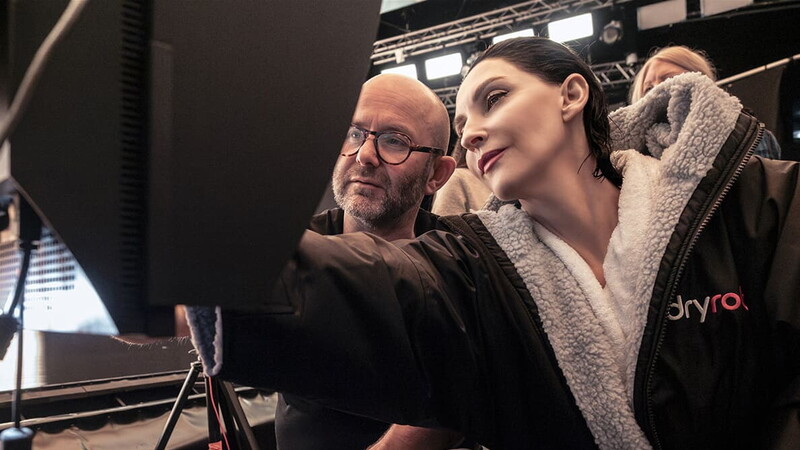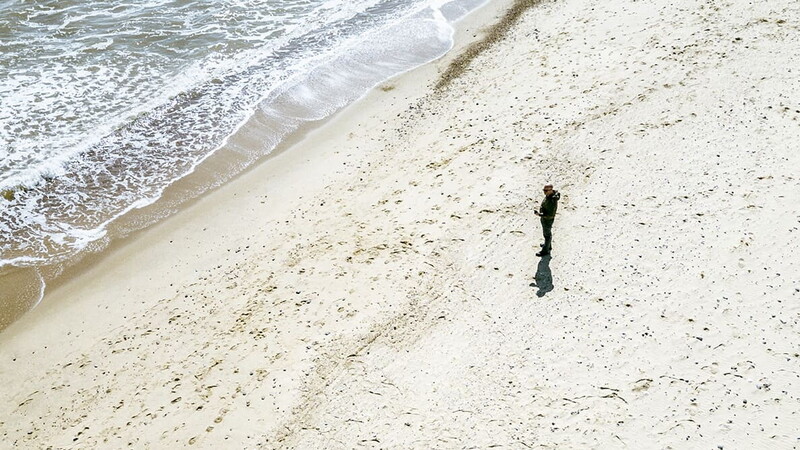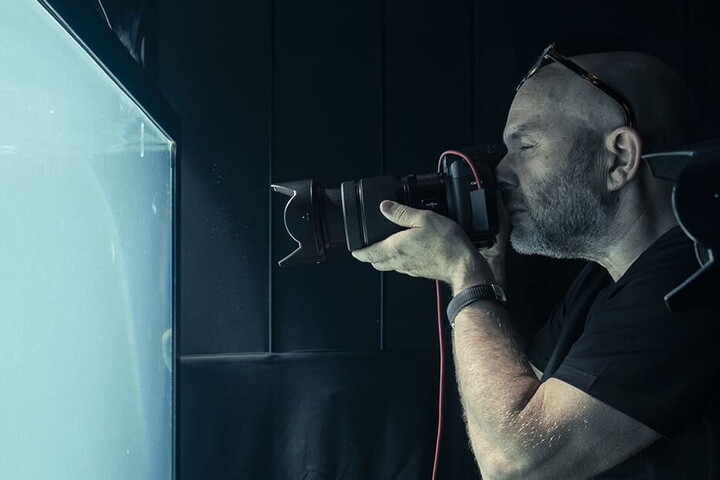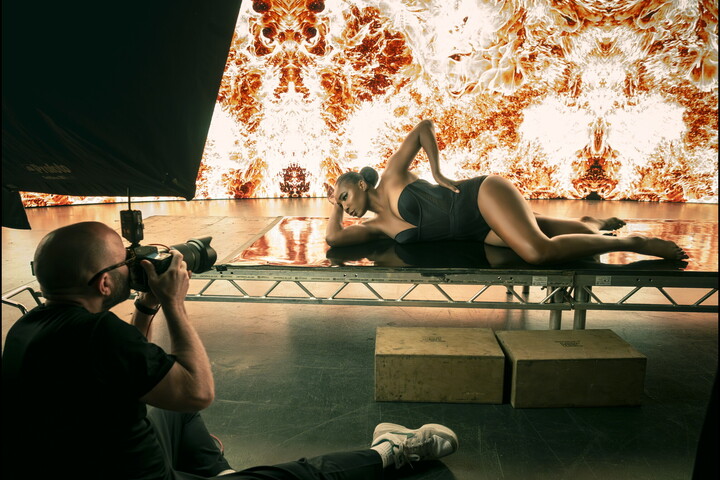During his 30 years of living in London, Sølve Sundsbø has felt the pull of the natural world that surrounded him as he grew up in his native Norway. A world of mountains, forests and extreme weather that sparked his interest in photography and inspired a deep connection with the “elements” – that he included in his 2026 Pirelli Calendar.
“It's like a sort of longing for it, without going too deep into the psychoanalysis of it,” says Sundsbø. “It's something I always desire. It's always been there and it's been very strong this last couple of years.”
It's these forces that Sundsbø has chosen to capture in his Calendar – forces of “mystery, imagination, passion, the desire for emancipation, and our relationship with time and space.”
To do so he portrayed his cast of 11 women in settings of earth, water, fire, wind, ether, sky, flowers and nature, incorporating natural footage shot in the English countryside with studio shoots in London and New York. The latest edition of The Cal™ will include moving imagery (in the form of a short film) alongside still portraits as part of the final presentation.
Here he talks about his connection to nature, how he realised this year's “Romantic” concept and why he found the Calendar project so inspiring.

Tell us about this connection you feel with the “elements”.
If you ask my wife when I'm at my happiest, it is being outside in really bad weather, with no one around. You know, when you're really immersed in it. For me, if it's sunny, it's even better if the wind is blowing, so you feel it. Or if I'm in a forest and it's snowing 10 centimetres an hour. I have been known to stand outside in the middle of the night in the rain, looking at a thunderstorm, for too long. It's like the [Caspar David] Friedrich painting of a man standing on top of a mountain. That kind of Romanticism; the connection between humans and nature.
How did you realise the concept for the shoot?
It would have been hard to photograph this outside and maybe less interesting, because if you look at the history of the Pirelli Calendar it's not just pictures of beautiful women on the beach, it's so much more. Stuff shot in the studio. Very interesting concepts. And you want to play and lean on that history, but do it in a new way.
So, we went into the English countryside and “harvested” nature on film and brought that footage into the studio to project on to huge LED screens. Shooting in Norfolk and Essex was the most beautiful part. We were outside for two days shooting mostly time-lapse. It was stunning. We set up three or four different cameras pointed in different directions with different lenses and waited an hour. It was like a little photography laboratory outside. We captured sky, clouds, the sunset. Of course, some of the elements were also represented in a very literal way in the studio. With Eva [Herzigová] and Susie [Cave], we put them in water. Tilda [Swinton] was shot in this magical mini forest we created for her. Isabella [Rossellini] was with flowers.
How will moving imagery be incorporated into the final Calendar?
We're making a short film to accompany the Calendar. Not a huge narrative; just moving images. But you have to think about it in a different way, because film has very different concerns from a still. If you just have a cloud and it doesn't move, it looks boring, so you want the clouds to move. I had two directors of photography working alongside me [one at the London shoot, one in New York] to help me realise the picture in film format.
The use of moving imagery allows you to play with time and space. You can shoot clouds, for instance, with a long lens and then shoot the person in front of them in the studio with a wide-angle lens. You not only distort the spatial aspect, but the time aspect, too. The clouds might be two hours' worth of footage sped up to 20 seconds, while the person is shot in slow-motion.

How did you decide on the element for each portrait?
You look at all these women and their different temperaments and you have conversations with them, and you develop ideas, either with them or for them, or as a combination of the two. You want the protagonist to feel at one with their element.
What's been the highlight of the experience?
The real hard work is before and after the shoot. The highlights are always meeting the people and creating the images.
And what's been the biggest challenge?
It's the logistics. To get all these ideas together in one place, or two places in our case, and have everything ready for that person. Because when you put things behind [the subject] on a screen, that must be ready before that person walks in front of the screen. If you want to have a reflection in the water, you must have that reflection ready. There's a lot of preparation.
How does working on the Pirelli Cal compare to your other work?
The reason it's different is you don't have a client saying: “This is what we want”. It's much more: “We want you to create a Calendar, go ahead”. You have to create your own brief, set your own limitations. Otherwise, you end up going in every direction. It's also a much longer process. Most projects last a month. This started in December and will be unveiled in November. Almost a year in the making.
Also, there are very few places that celebrate photography like Pirelli does. Or that make a physical object so beautifully crafted. Everything visual ends up on TikTok, Instagram or YouTube. Pirelli's investment in photography and creating unique, beautiful objects is special. I'm so grateful to be part of that process this year.




